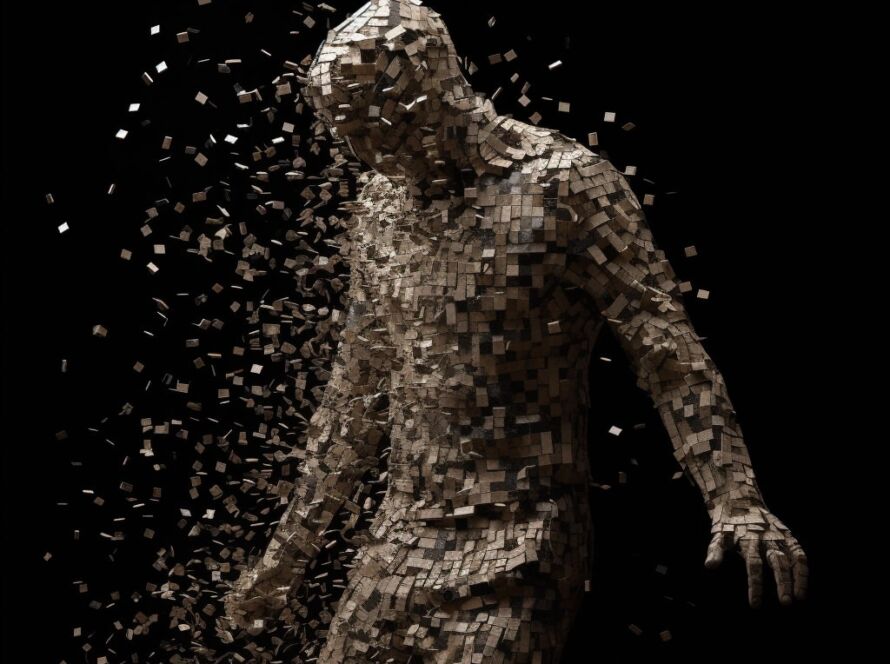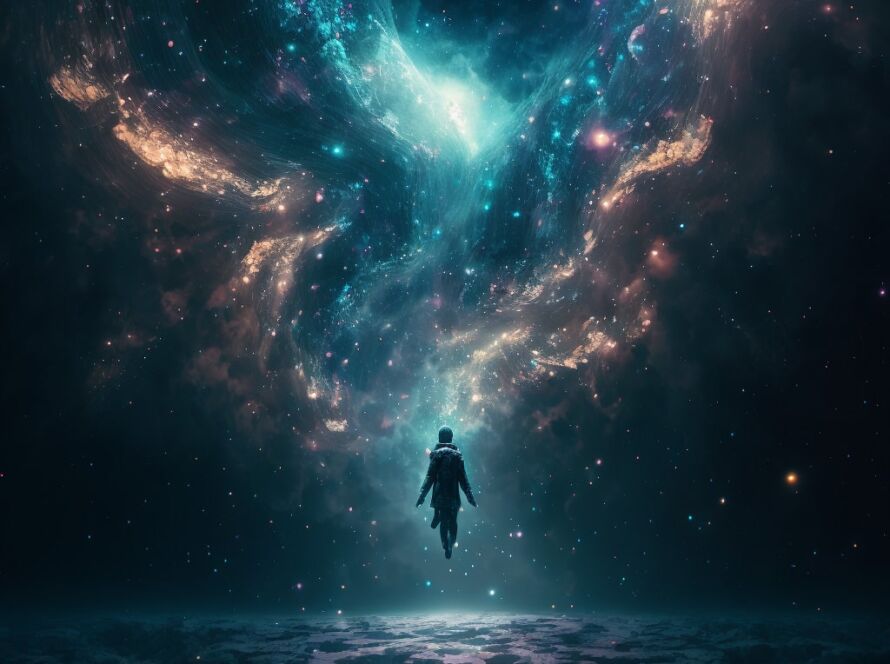AI has contributed significantly to understanding the Big Bang and the early moments of the universe:
- Simulating the early universe: AI is used to create models of the universe’s first few seconds, simulating the behavior of matter and energy right after the Big Bang.
- Data from cosmic microwave background (CMB): AI-driven research has helped analyze the CMB radiation, a relic from the Big Bang, giving researchers clues about the universe’s birth.
- Dark matter and dark energy: AI helps simulate these elusive elements, which are thought to have played crucial roles in the universe’s formation after the Big Bang.
AI enables us to better simulate and interpret the complex physics of the Big Bang, helping scientists refine models of the universe’s origins.

The Big Bang, the explosive event that led to the formation of the universe approximately 13.8 billion years ago, remains one of the greatest mysteries in cosmology. This event marked the beginning of time, space, and matter, setting the stage for the development of galaxies, stars, and planets. While scientists have long sought to understand the origins and mechanics of the Big Bang, the complexity of the universe’s earliest moments has posed significant challenges. However, advancements in artificial intelligence (AI) are providing new insights and helping unravel the mysteries of the Big Bang explosion.
How AI is Helping to Understand the Big Bang
- Analyzing Cosmic Microwave Background Radiation
One of the key pieces of evidence for the Big Bang is the cosmic microwave background (CMB) radiation, the faint afterglow left over from the early universe. The CMB provides a snapshot of the universe approximately 380,000 years after the Big Bang, offering clues about the conditions that existed during that time.
AI algorithms are being used to analyze the CMB in greater detail than ever before. Machine learning techniques can detect subtle patterns and anomalies in the CMB data, revealing insights about the distribution of matter, the nature of dark energy, and the initial conditions of the universe. By identifying these patterns, AI can help refine existing cosmological models, providing a more accurate picture of the universe’s infancy and the processes that shaped its evolution.
- Simulating the Early Universe
Simulating the conditions of the early universe is crucial for understanding the mechanics of the Big Bang. Traditionally, these simulations require vast amounts of computational power to model the behavior of matter, energy, and fundamental forces in the moments following the Big Bang. AI-driven simulations, particularly using neural networks, have significantly improved the efficiency and accuracy of these models.
AI can simulate complex interactions between particles and fields, helping researchers study the formation of the first atomic nuclei, the emergence of large-scale structures, and the expansion of space itself. By testing different scenarios and variables, AI models can recreate the possible conditions that existed during the Big Bang, offering new insights into how the universe rapidly evolved from a hot, dense state into the cosmos we observe today.
- Deciphering the Role of Dark Matter and Dark Energy
Dark matter and dark energy, which together account for about 95% of the universe’s total mass-energy content, are fundamental components that influenced the evolution of the universe after the Big Bang. Despite their importance, their exact nature remains unknown. AI is playing a crucial role in analyzing astronomical data to uncover how dark matter and dark energy behaved in the early universe.
Using deep learning techniques, AI can sift through vast datasets from telescopes, particle detectors, and simulations to identify patterns that reveal the effects of dark matter and dark energy on the formation of galaxies and the expansion of the universe. This research may eventually lead to a better understanding of these mysterious forces and their connection to the Big Bang.
- Studying Gravitational Waves from the Early Universe
Gravitational waves, ripples in the fabric of spacetime, are thought to have been generated during the early moments of the Big Bang. Detecting these primordial gravitational waves is extremely challenging, but AI is being used to analyze data from gravitational wave observatories to search for signs of these ancient ripples. If detected, they could provide direct evidence of the violent processes that occurred immediately after the Big Bang, offering a deeper understanding of the origin of the universe.
AI is revolutionizing the study of the Big Bang by providing powerful tools to analyze cosmic data, simulate early universe conditions, and explore the role of dark matter and dark energy. As AI continues to advance, it is helping scientists unravel the mysteries of the universe’s origins, bringing us closer to understanding the events that gave birth to everything we know. Through AI-driven research, we may one day fully comprehend the nature of the Big Bang and the beginnings of our cosmic history.




